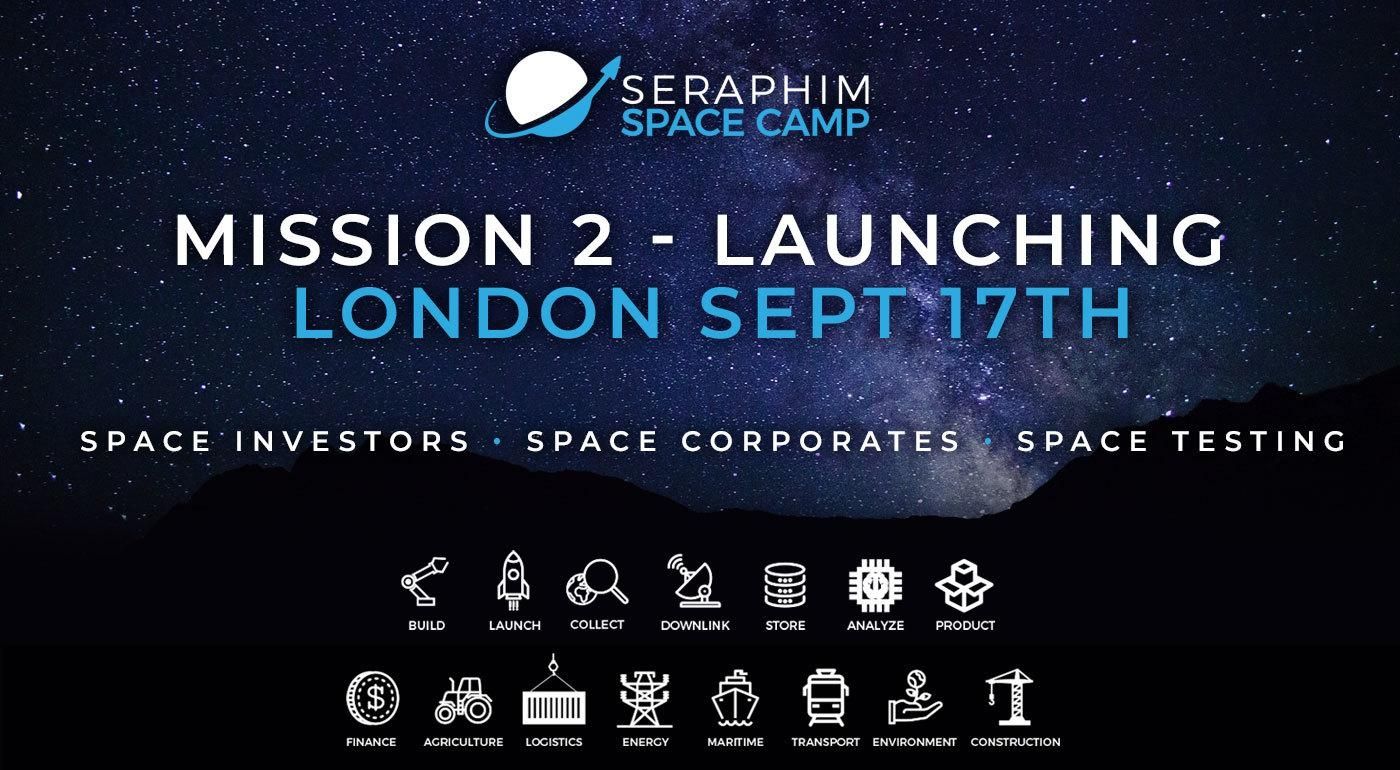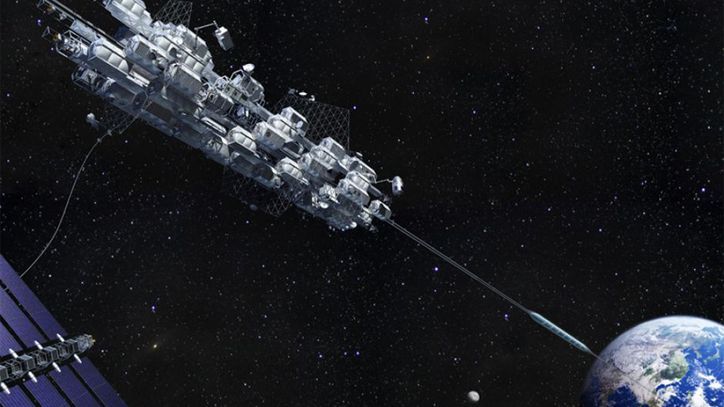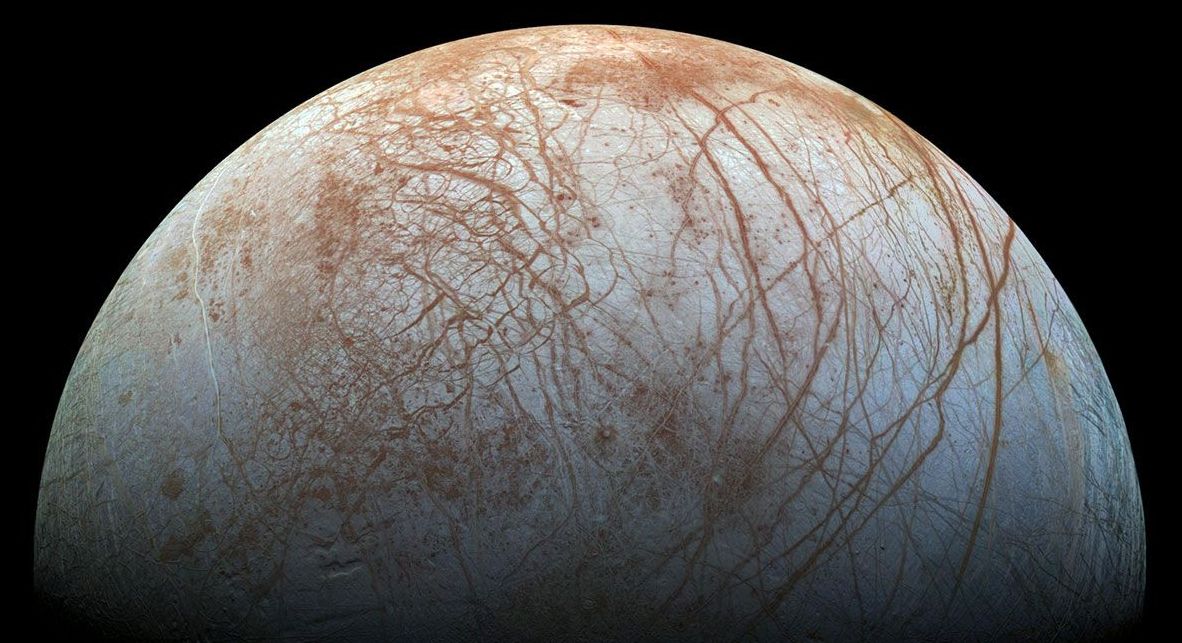To complete our international analog astronaut corps we are seeking for six volunteers between 25 and 45 years.
🖋️ http://classof2019.oewf.org
#classof2019 #WednesdayMotivation
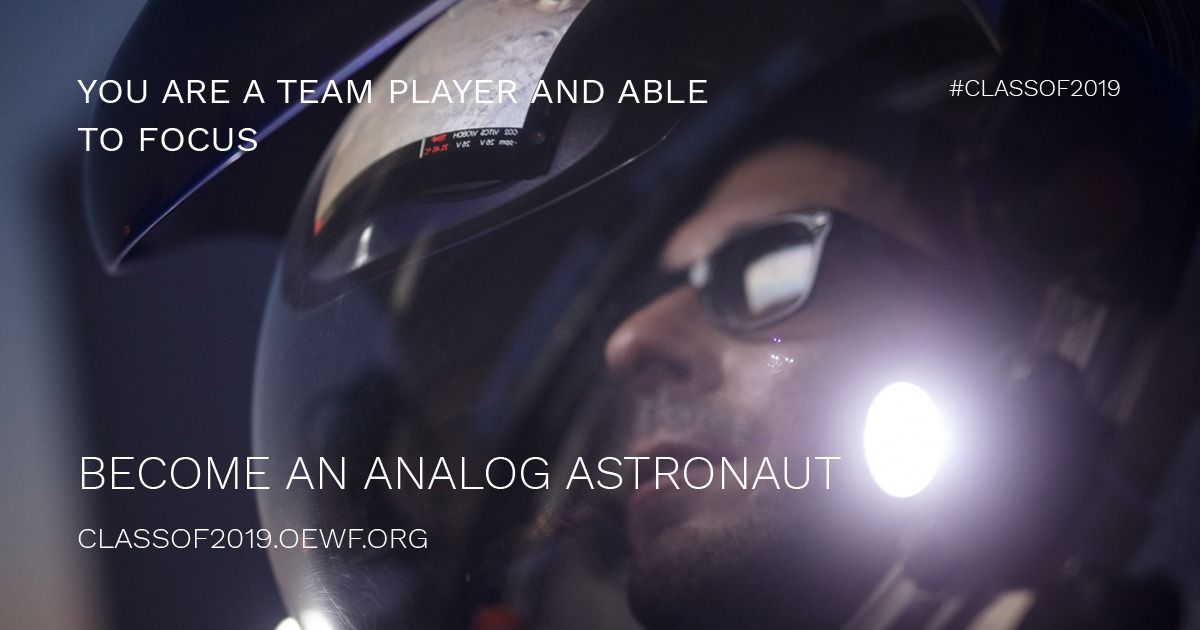


We have a vacancy for a senior/principal mechanical engineer capable of providing specialist consultancy/mechanical design analysis, research and development support to clients in both space and terrestrial markets.
The role involves leadership of all aspects of multiple mechanism and tribology projects from identification of opportunities and where necessary funding sources, through preparation of winning proposals to execution of the work in-line with cost, schedule and quality requirements.
Working mainly with bespoke, precision mechanical systems, the main purpose of the role is to provide specialist engineering consultancy and research/development support to external clients involved in space and vacuum mechanism development. In addition, the job-holder will be expected to provide conceptual/architectural design and development leadership for in-house devices, new products and test facility developments.
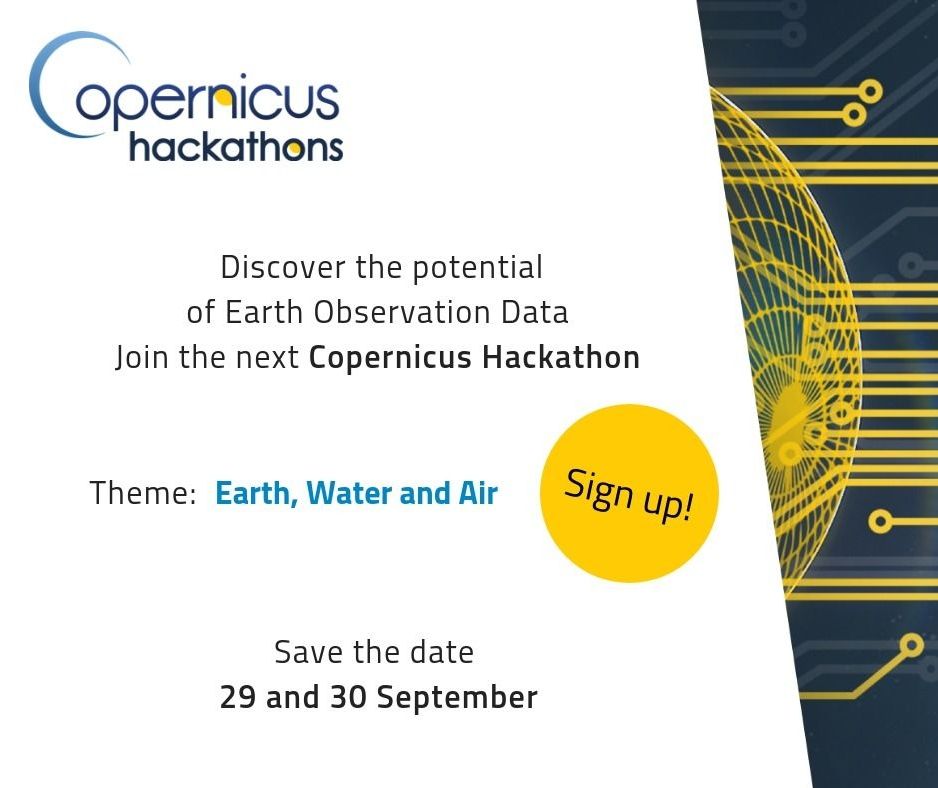
Join forces with other enthusiasts with passion for space and innovation to develop new business ideas at the Copernicus Hackathon. Visit https://goo.gl/
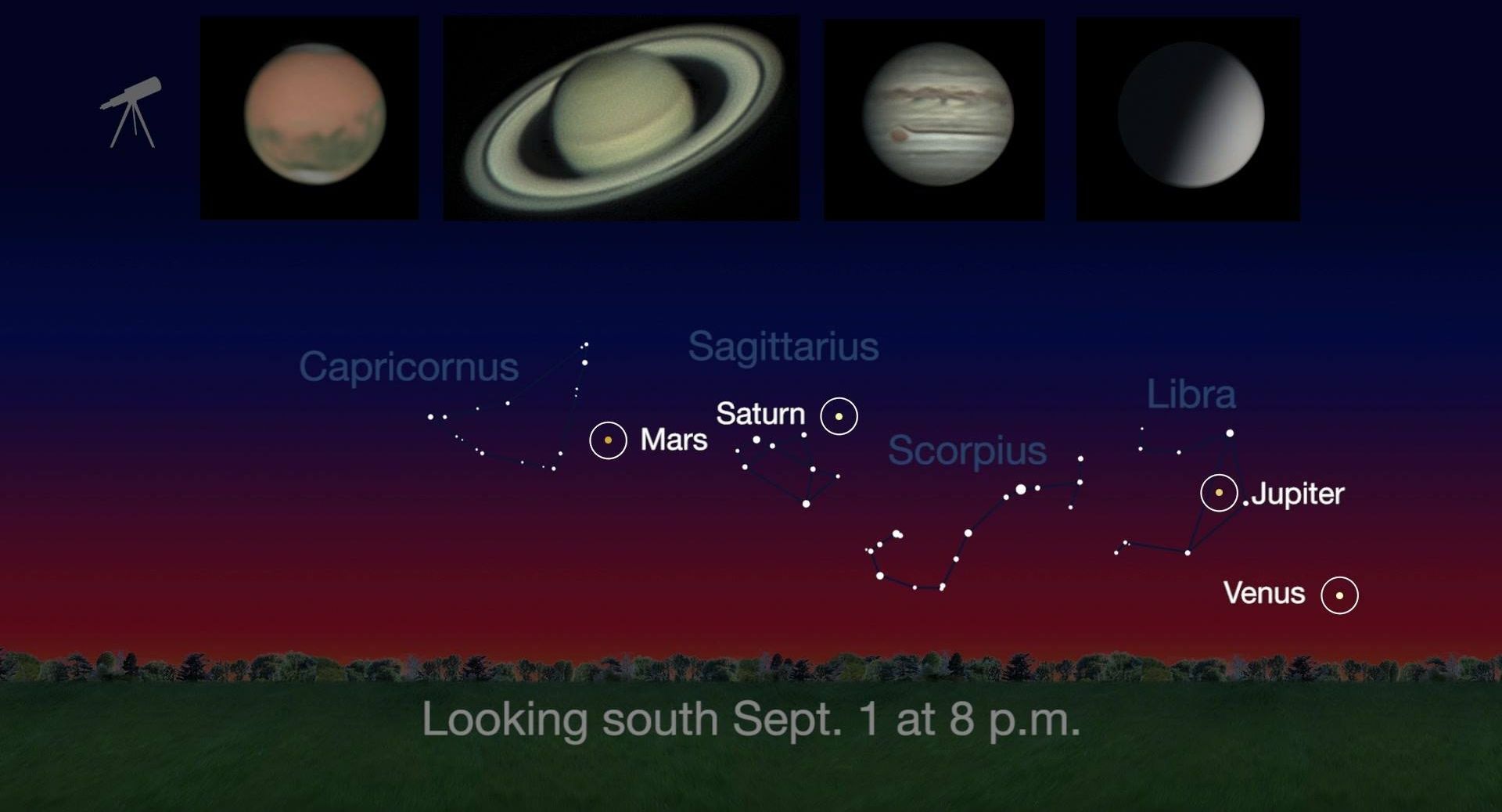
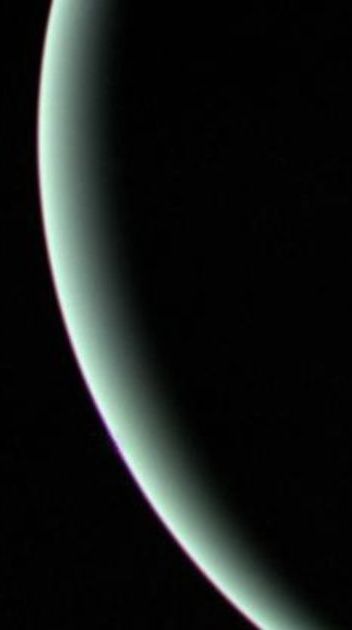
Sometimes science simply confirms what we already know to be true. You know what I’m talking about: researchers will find evidence that losing sleep makes you cranky and bad at your job, that eating lots of vegetables is good for your gut, or that Uranus is surrounded by a noxious fart cloud.
Indeed, the new findings on the latter published in Nature Astronomy come as no surprise to those who’ve spent time closely examining Uranus. More than a year ago, planetary scientists told Gizmodo’s Ryan F. Mandelbaum that the essence of this ice giant’s scent would probably be dominated by ammonia and hydrogen sulfide. Hydrogen sulfide gives rotten eggs their stink, but it’s also associated with the odor of a human fart.
Still, scientists had never directly detected the presence of these stinky molecules. Until now, that is. The authors of the new study examined sunlight bouncing off Uranus as captured by the 8-meter Gemini North telescope in Hawaii. Scientists determined what sorts of molecules were inside the atmosphere by examining the light it reflected in infrared. Different compounds absorb and cast off different wavelengths of light—creating a distinct and identifiable signature if you know what to look for. Think of it as dusting for fingerprints, but instead of a suspect, you’re looking for molecular compounds. The group says they were just barely able to detect the signatures they sought; it took a telescope as sensitive as Gemini and conditions as clear and perfect as those found at its home on Mauna Kea. Even though no one has ever smelt it, scientists can now say with certainty which molecules have dealt it.
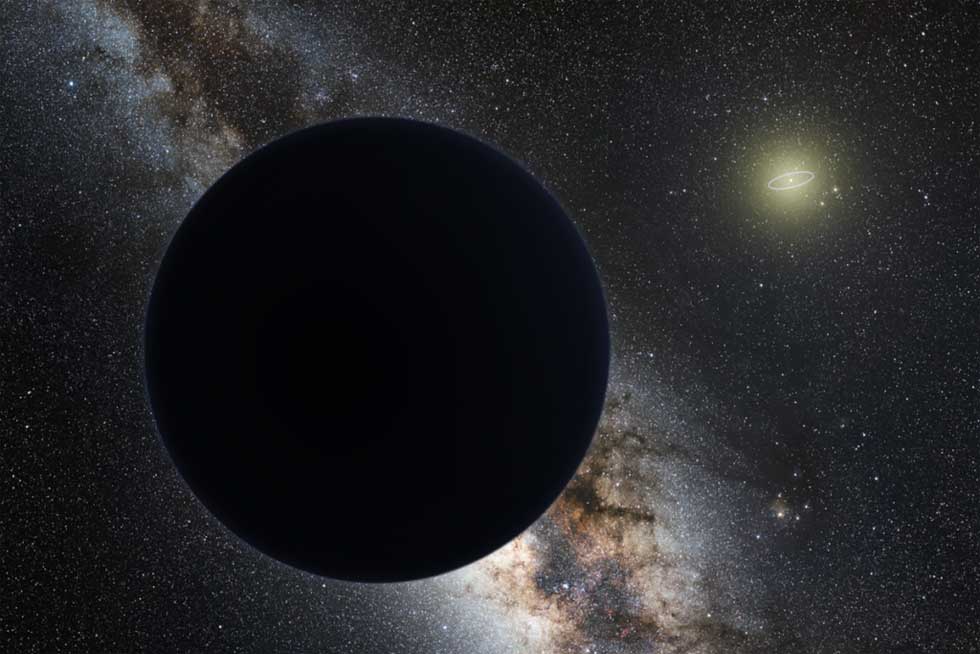
Scientists have long believed that our solar system might have a ninth planet orbiting well beyond Neptune and Pluto. Scientists hypothesize that the mysterious planet would be between five and 20 Earth masses and would orbit on an elliptical some hundreds or thousands of times more distant from the Sun than the Earth.
With the planet thought to orbit so far from Earth-based telescopes, it could be impossible to find with current telescopes. The challenge is that the planet is thought to be so dim, about a million times dimmer than Neptune, that it could hide in the light pollution from the Milky Way. Earth’s most potent observatory currently is the Subaru Telescope in Hawaii.
That massive telescope can view a field in the sky about the size of 4,000 full moons at once. Even with such a gigantic field of view, Planet Nine is very difficult to observe. Researchers note that if the orbit of the mysterious world is beyond the 1,000 AU limit of current telescopes, it could lie invisible for the next 1,000 years.
